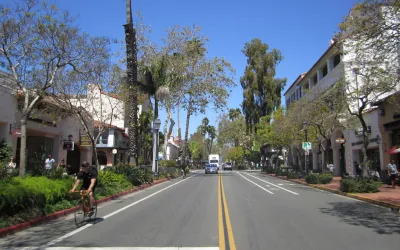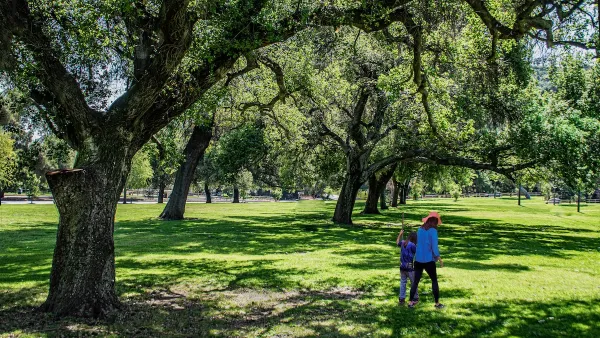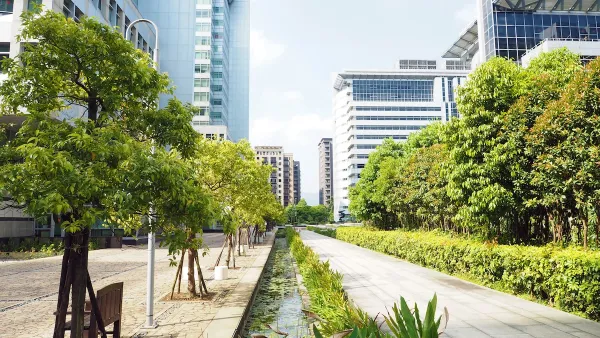Machine learning has opened a new frontier in urban forest management.

Linda Poon shares news of a new mapping effort enabled by artificial intelligence (AI) that measures the number of trees in cities.
Finding the answer to the question of how many trees are living in a city can be a monumental task, according to Poon. "New York City’s 2015-2016 tree census, for example, took nearly two years (12,000 hours total) and more than 2,200 volunteers. Seattle’s tree inventory won’t be complete until at least 2024."
Still, there are good reasons to count the trees too, according to Poon. "[I]n the short term, they allow cities to better maintain their urban trees. And over the long run, they lay out the foundation for various initiatives that address everything from climate change to public health."
That's where Descartes Labs comes in, with new technology that leverages AI to measure trees in urban settings. "In their quest to leave no tree uncounted, they built a machine learning model that can map an entire city’s canopy, even subtracting other greenery that might look like trees in satellite imagery," reports Poon.
The article includes a lot more about the results (including detailed maps) and the potential of the new tool.
FULL STORY: Every Tree in the City, Mapped

National Parks Layoffs Will Cause Communities to Lose Billions
Thousands of essential park workers were laid off this week, just before the busy spring break season.

Retro-silient?: America’s First “Eco-burb,” The Woodlands Turns 50
A master-planned community north of Houston offers lessons on green infrastructure and resilient design, but falls short of its founder’s lofty affordability and walkability goals.

Delivering for America Plan Will Downgrade Mail Service in at Least 49.5 Percent of Zip Codes
Republican and Democrat lawmakers criticize the plan for its disproportionate negative impact on rural communities.

Test News Post 1
This is a summary

Test News Headline 46
Test for the image on the front page.

Balancing Bombs and Butterflies: How the National Guard Protects a Rare Species
The National Guard at Fort Indiantown Gap uses GIS technology and land management strategies to balance military training with conservation efforts, ensuring the survival of the rare eastern regal fritillary butterfly.
Urban Design for Planners 1: Software Tools
This six-course series explores essential urban design concepts using open source software and equips planners with the tools they need to participate fully in the urban design process.
Planning for Universal Design
Learn the tools for implementing Universal Design in planning regulations.
EMC Planning Group, Inc.
Planetizen
Planetizen
Mpact (formerly Rail~Volution)
Great Falls Development Authority, Inc.
HUDs Office of Policy Development and Research
NYU Wagner Graduate School of Public Service





























